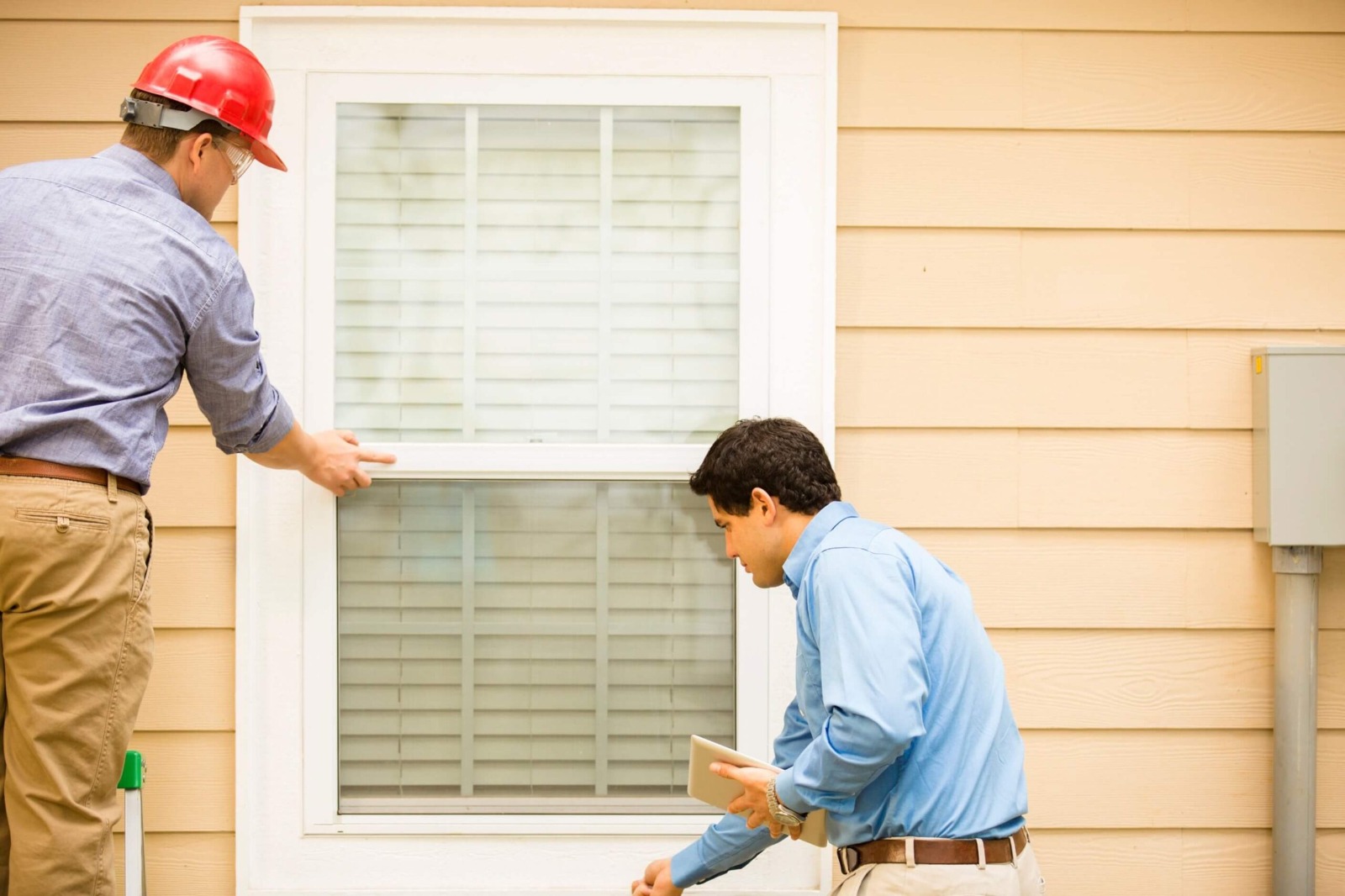Blog
Common Issues Found in Home Inspections

During a home inspection, various issues can arise, ranging from minor cosmetic problems to major safety concerns or expensive repairs. Here’s a list of common issues that are often found in home inspections:
1. Roof Damage
- Missing or Damaged Shingles: Worn-out or missing shingles can expose the home to leaks and water damage.
- Sagging Roof: A sagging roof could indicate structural issues, poor installation, or water damage.
- Gutter Problems: Clogged or improperly installed gutters can lead to water damage and foundation issues.
2. Electrical Problems
- Outdated Wiring: Homes with older wiring (like knob-and-tube or aluminum wiring) may not meet current safety standards, leading to fire risks.
- Faulty Wiring: Exposed or improperly installed wiring can be a safety hazard.
- Insufficient Electrical Capacity: Older homes may not have enough outlets or circuits for modern electronics and appliances.
- Non-Functional Electrical Panels: An outdated or improperly functioning electrical panel could lead to power issues or become a fire hazard.
3. Plumbing Issues
- Leaky Pipes: Leaks can cause water damage, mold growth, and structural damage if not addressed.
- Low Water Pressure: Low pressure could be due to clogged pipes or problems with the water heater or main water line.
- Old or Corroded Pipes: Older homes may have pipes made of materials like galvanized steel, which are prone to corrosion and clogging.
- Sewage Line Issues: Damaged or clogged sewage lines can lead to costly repairs and serious health hazards.
4. Water Damage and Moisture Problems
- Basement or Crawl Space Issues: Damp basements or crawl spaces can indicate water seepage, poor drainage, or foundation problems.
- Mold and Mildew: Mold can thrive in areas with poor ventilation or water damage, potentially causing health problems.
- Water Stains: Water stains on ceilings, walls, or floors may indicate past or ongoing leaks, often from the roof, plumbing, or HVAC systems.
- Poor Drainage: Improper grading or blocked drains can cause water to pool around the foundation, leading to potential flooding or foundation damage.
5. Foundation Issues
- Cracks in Foundation: Visible cracks can indicate settling or shifting, which may affect the stability of the home.
- Uneven Floors: Sloping or uneven floors can be a sign of foundation problems or structural issues.
- Foundation Movement: The foundation may have shifted or cracked due to settling, water damage, or poor original construction.
6. HVAC System Problems
- Old or Inefficient HVAC Units: Older HVAC systems may be inefficient, leading to high energy costs and possible replacement.
- Dirty or Clogged Air Filters: Dirty filters reduce air quality and HVAC efficiency, causing strain on the system.
- Non-Functional Components: A broken or malfunctioning thermostat, air conditioning, or heating unit could leave you without climate control, especially in extreme weather.
- Improper Sizing: The HVAC system may be too small or too large for the home, leading to inefficiency or inadequate heating/cooling.
7. Structural Issues
- Cracked Walls: Large or growing cracks in walls, especially in load-bearing walls, could be a sign of structural problems, such as foundation issues.
- Sagging Ceilings or Floors: Sagging or uneven ceilings and floors can indicate problems with the framing or foundation.
- Poor Framing or Construction: Issues like crooked windows, uneven walls, or doors that don’t open or close properly could indicate subpar construction.
8. Pest Infestation
- Termites: Termites are one of the most damaging pests to a home’s structure. Signs of an infestation include hollowed-out wood, sawdust, or mud tunnels along the foundation.
- Rodents: Mice, rats, and squirrels can damage insulation, wiring, and walls. Look for droppings, gnaw marks, or nests.
- Ants or Other Insects: Carpenter ants or other pests can cause damage to wood structures or bring in moisture.
- Signs of Infestation: Holes in the walls, droppings, or nests in attics or basements may indicate pest problems.
9. Insulation and Ventilation Issues
- Inadequate Insulation: Homes with insufficient insulation can be drafty, inefficient, and prone to temperature fluctuations, leading to higher energy costs.
- Poor Ventilation: Improper ventilation in areas like the attic or bathroom can lead to moisture buildup, mold growth, and wood rot.
- Attic Insulation: If the attic is poorly insulated or lacks ventilation, it can cause heat buildup and moisture problems.
10. Cosmetic or Minor Defects
- Cracked Tiles or Flooring: Cracked or damaged flooring may be a cosmetic issue, but it could also indicate underlying problems like foundation settling.
- Peeling Paint: Peeling or chipped paint can be due to moisture damage or the age of the paint, especially in older homes.
- Damaged Caulking or Seals: Old or damaged caulking around windows and doors can let in drafts, water, or pests.
11. Environmental Hazards
- Lead Paint: In homes built before 1978, lead-based paint can pose health risks, particularly to young children.
- Asbestos: Asbestos was commonly used in older homes, particularly in insulation, flooring, and roofing materials. If disturbed, it can pose a serious health hazard.
- Radon: Radon is a naturally occurring radioactive gas that can enter homes through cracks in foundations. Elevated levels can be hazardous to health.
12. Poor Drainage or Grading
- Water Pooling Around the Foundation: If the yard slopes toward the home, water can pool around the foundation, causing water intrusion into the basement or crawl space.
- Improper Drainage Systems: Broken or poorly installed drainage systems, such as sump pumps or French drains, can exacerbate water issues.
Conclusion
A home inspection is meant to uncover both obvious and hidden problems in a property, some of which can be minor fixes, while others may require costly repairs. Knowing what to expect in terms of common issues can help you understand the scope of potential repairs and make more informed decisions about the home you’re buying. Keep in mind that while some issues are negotiable, others may require specialized inspections or a price reduction to cover repairs.
